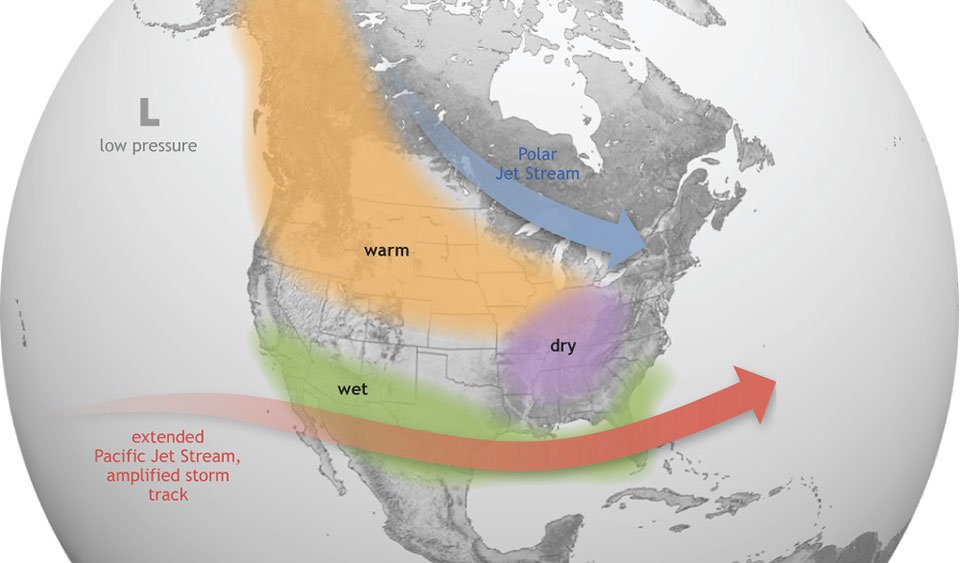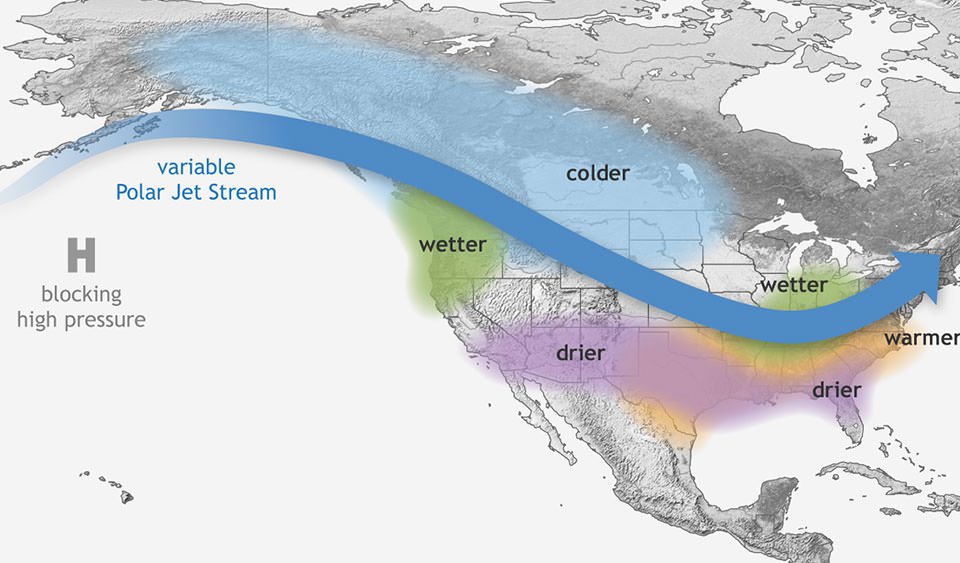2023 Wildfire Season Recap and 2024 Summer Predictions
Well, fire season 2024 has officially started over at Hummingbird Drones. With 2 crews already deployed and bootcamp well on it’s way, things are in full swing. After last season, we are doing everything we can to best prepare ourselves for another heinous summer. Fire experts and weather predictions are hinting at a busy spring, with May and June weather being the prognosticators for the remainder of the season.
Image from summer 2023 fire season by Hummingbird Drones crew.
2023 Wildfire Season in Review
Last year's fire season was one of the biggest seasons not only for Hummingbird Drones but for British Columbia and the entirety of Canada. Marked as the hottest year globally, the temperatures reached in the summer of 2023 played a major role in severity of the devastating fire season. In BC alone, fires devoured over 2.84 million hectares of forest and land, causing tens of thousands of people being forced to evacuate. Typically, Canada sees about 2.5 million hectares burned annually, but the 2023 season, spanning from April to October, reached new highs with a staggering 18.4 million hectares scorched. It was an unprecedented year that underscored the dramatic impacts of climate on our landscapes.
The extreme season is thought to have been caused by a number of accumulating factors. Drought conditions from the fall of 2022 carried over into spring 2023, causing fuel layers to stay dry and susceptible to ignition (fuel is organic material that is available to burn ie. leaves, trees, and plants). May and June are typically pivotal months in determining the severity of fires in Canada. May 2023 was unusually hot and dry, leading to faster snow melts and quickly drying fuels. Further, precipitation levels in the spring and summer of 2023 were extremely low, paired with temperatures reaching record highs in June and July made for perfect fire conditions. In August, to top it all off, northern BC experienced significant wind events caused by a dry cold front, causing unpredictable fire behaviour and uncontrollable spreading.
Not only was the number of hectares burned last year extortionate, but the size of hundreds of fires reached megafire size. Megafires most commonly are defined by size, but have also been defined by differentiating factors from behaviour and resistance to control, to aspects like economic costs, or human fatalities. Typically in North America, a size threshold has been adopted and megafires are fires with a burn area greater than 10,000 hectares. That is the size of around 14,000 football fields. Keeping with this logic, the largest fire in Canada in 2023 was the 1,224,938-hectare fire near La Grande Reservoir 3 in Quebec, reaching what could be characterized as “terafire” (or monster fire) size. The emotionally and physically draining season marked a turning point in British Columbia’s wildfire season. With some of the most destructive fires seen to date and 6 lives lost from BC’s wildland firefighting community, the summer 2023 fire season will not be easily forgotten.
La Grande Reservoir 3 Fire as documented by Nasa’s Fire Evets Daa Suite (FEDS).
How Drones Contributed to Wildfire Response Efforts
Drones were a significant part of the 2023 season, attested by the record breaking number of fire days that Hummingbird Drones had over the season, with the last deployment ending in mid-October. Throughout provinces across the country, Hummingbird crews were spending countless sleepless nights flying drones over the fires with infrared cameras, detecting and mapping hotspots. Typically, our crews are deployed in the later stages of fires, after the initial attack and when crews are beginning the “mop-up”. Mop-up crews are looking for remaining embers, known as hotspots, that could reignite. In wet conditions, the hotspots remain on the surface level and are generally easy to find, identifiable by smoke. However, in dryer landscapes, hotspots can start to burn underground, making them harder to identify and more dangerous. When heat travels underground, it can cause fires that can burn for weeks and even months. Fires that burn underground over winter are called “holdover” or “zombie” fires and have the potential to resurface come spring. This is where drones with infrared sensors are most beneficial. IR can identify the heat that the underground fire is emitting, and work best at night when the rest of the surroundings are coolest. Flying at night is also beneficial because we don’t risk getting in the way of helicopters or planes participating in aerial firefighting. While flying drones without permission over or near wildfires is extremely illegal and prohibited, Hummingbird Drones crews are contracted by the government to work with the fire agencies and assist in response efforts.
2024 Fire Season Predictions
As we dive into the 2024 season, let’s assess the current landscape. Predicting summer outcomes can be challenging, but by examining key environmental factors, we can gain insights into potential developments. This past winter was notably disappointing for skiers and snow enthusiasts across British Columbia, due in large part to the ongoing multi-year drought, causing less than ideal powder conditions. This resulted in exceptionally low precipitation levels, leaving the terrain parched and vulnerable. As March concluded, approximately 100 wildfires were still active in Northern BC. Snowpack levels are crucial in determining the risk of wildfires. During spring, melting snow increases runoff and stream flows, which can help moisten dry fuels. However, if this moisture recharge is short lived, it accelerates the drying of fuels, thereby diminishing the chances of drought recovery this year. While sustained rainfall in May and June could potentially mitigate these conditions, it remains too early to predict whether adequate precipitation will occur. Experts are suggesting that it comes down to a potential shift from El Niño to La Niña that could bring some much needed relief and aid in mitigating continuing drought conditions. Forecasters report that the El Niño is finally weakening, with a 60% chance of La Niña developing by June - August.
If you’re unfamiliar with the terms El Niño and La Niña, let me explain. Essentially, El Nino and La Nina are names for opposing climate patterns, that break normal weather conditions, and are tracked from the Pacific Ocean. These patterns don’t occur on regular schedules, appearing every two to seven years, and lasting anywhere from nine months to multiple years. Changes in weather caused from these periods of unusual conditions can be felt worldwide. El Nino causes warmer weather in Canada and northern U.S. while La Nina is known as a cold event that causes wetter colder weather in the Pacific Northwest and Canada, with temperatures getting warmer on the east coasts.
What You Can Do to Prepare for Fire Season
As a significant portion of the fires every season are human caused, one of the most important things you can do to prepare for the upcoming summer is to follow the basics of wildfire safety. Between 2012 and 2015, 11% of fires were started by smokers materials. Never flick ashes or butts without being aware of your surroundings, always safely dispose of cigarettes and hot ashes. If you plan on starting a fire for your camping trip, your back yard barbecue, or evening beach party:
Never leave your fire unattended.
Ensure your fire is out cold before leaving it. Out cold means everything in and near the fire should feel cool to the touch. Dig around in the ashes to ensure there are no embers lingering below. Water, sand, and dirt are great resources to help ensure your fire is completely out.
Remove any potential fuel far from your fire. Remaining firewood, sticks, or dry grass should be scattered away from your fire pit.
BC has developed a program called FireSmart that helps individuals and communities prepare for fire season. The FireSmart programs help outline steps you can take to help prepare, prevent, and mitigate against wildfire. One of the easiest things you can do as individuals is FireSmart your property. This includes things like installing spark arrestors on your chimneys, keeping your gutters clean, using fire-resistant siding and roofing materials and ensuring any fencing is at least 1.5 meters from your home. For more information of keeping your property FireSmart, head to this link, or check out the infographic below.
Tips to FireSmart your home from FireSmart BC.
Stay tuned for more updates regarding the upcoming wildfire season, and don’t hesitate to reach out to us with any questions or concerns. It’s a group effort and every little thing helps! Wishing everyone a safe summer.
As always,
Happy and safe flying!
— Kasha & The FlySmart Team




